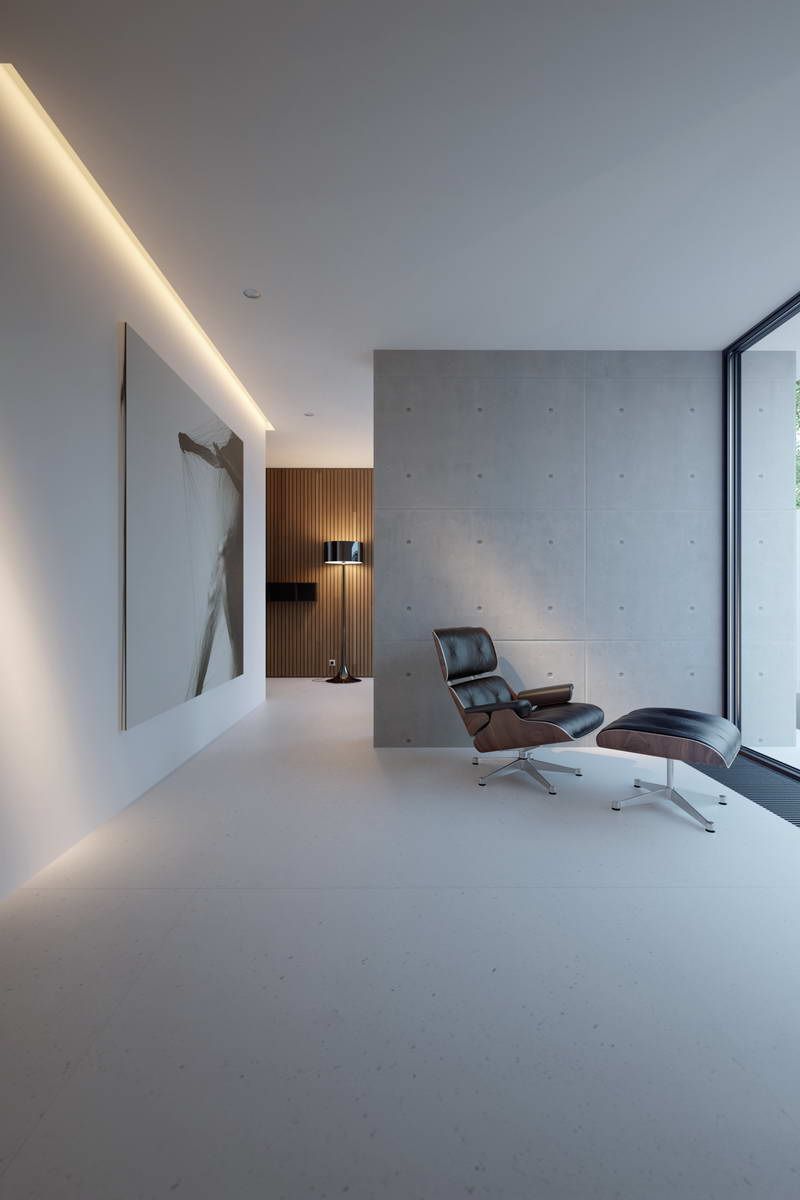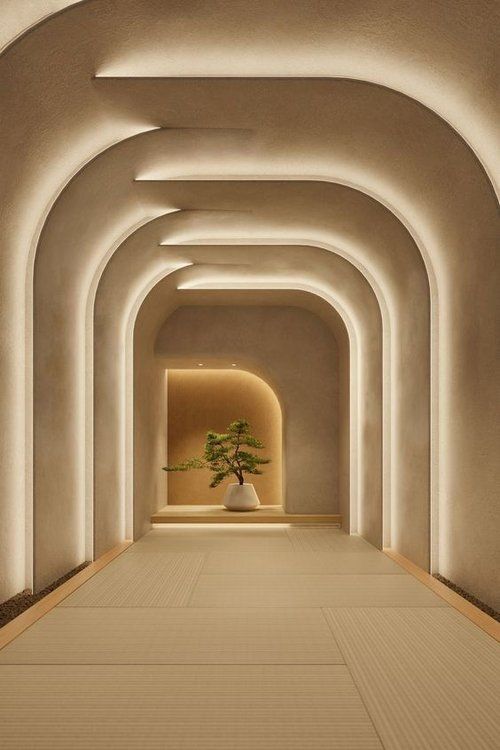
Interior lighting is an essential element in designing and decorating any space, whether it be a home, office, or commercial building. Proper lighting not only affects the overall ambiance and mood of a room, but also enhances functionality by providing adequate visibility for tasks and activities. There are various types of interior lighting, including ambient lighting, which provides overall illumination; task lighting, which is focused on specific areas for activities such as reading or cooking; and accent lighting, which highlights certain features or objects within a space. In addition to functionality, lighting also plays a crucial role in the aesthetics of a room, as it can create depth, highlight architectural elements, and set the tone for the overall design scheme. When choosing interior lighting, factors such as brightness, color temperature, and energy efficiency should be considered to ensure optimal performance and visual appeal. Ultimately, well-planned and strategically placed lighting can transform a room and enhance its overall functionality and aesthetic appeal.
Interior lighting plays a crucial role in enhancing the aesthetics and functionality of a space. Properly designed lighting can create the desired ambiance, highlight architectural features, and improve the overall atmosphere. Whether it’s a residential home, a commercial space, or a hospitality venue, the right lighting design can make a significant impact on how the space is perceived and experienced.
One of the key considerations when it comes to interior lighting is the selection of fixtures. From recessed lights and track lighting to chandeliers and wall sconces, there are numerous options available to suit different styles and needs. The choice of lighting fixtures should not only complement the overall design scheme but also provide adequate illumination for various activities within the space. Additionally, energy-efficient lighting options such as LED bulbs can help reduce electricity consumption and contribute to a more sustainable environment.
Another important aspect of interior lighting design is the layering of light. By combining different types of lighting, such as ambient, task, and accent lighting, a layered lighting scheme can create depth and visual interest in a room. For example, recessed lights can provide general illumination, while table lamps can offer focused light for reading or working. By strategically placing light sources at different levels and locations, designers can achieve a balanced and versatile lighting design that meets the needs of the space and its occupants.
 Decoration Ideas
Decoration Ideas










